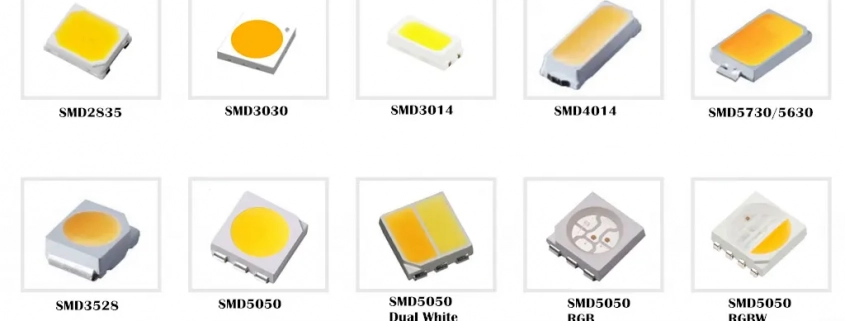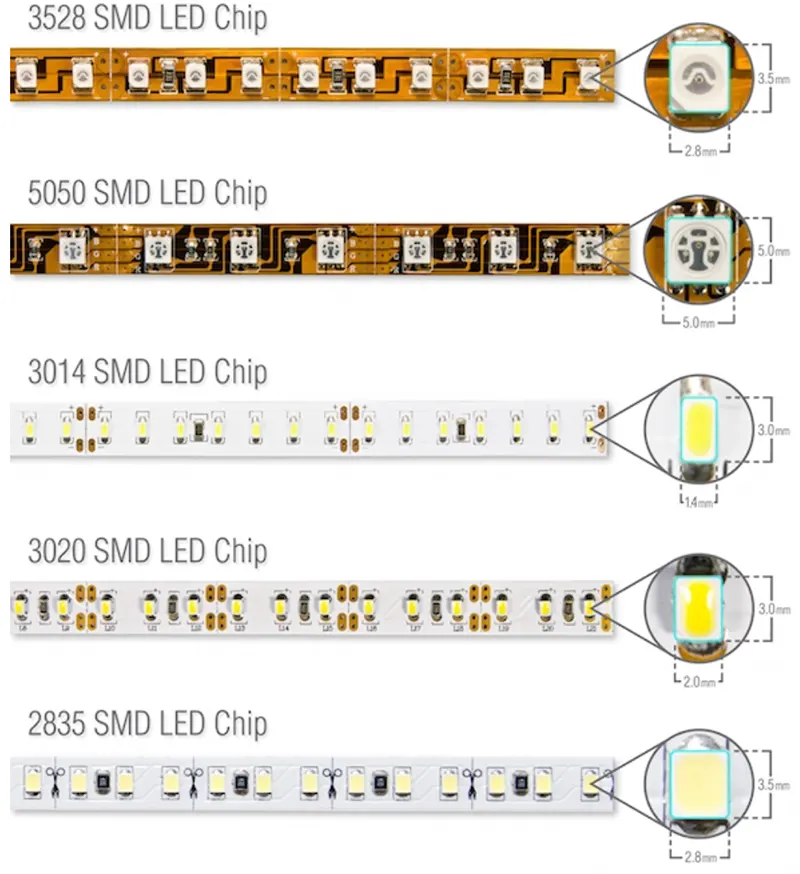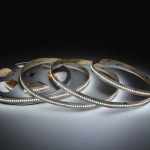Unitop LEDs Glossary and Teminology
Review below to recognize the terminology used on Unitop website as well as find out about LEDs as well as lighting science!
Q: What are lumens (lm)?
Lumen is the measurement of brightness as perceived to the human eye. Due to incandescent illumination, we are all accustomed to utilizing watts to measure the illumination of light. Today, we use lumen. Lumen is one of the most essential variable when choosing which LED strip light you need to look at. Make certain you compare lumen output between LED strip lights prior to determining which one is best for your job.
Q: What is AC?
This is Alternating Current. This is the electricity that is used in most residences and also business rooms. It’s typically described as line voltage and number varies from country to country. United States line voltage is typically 90V-220V, whereas it frequently averages greater in Europe.
Q: What is DC?
This is Direct Current. Most LED strips on the marketplace usage low-voltage DC. A transformer or low-voltage battery is typically needed to step-down the a/c voltage to an ideal level for the LED strips, which is generally 12V or 24VDC.
Q: What is CRI and also why is it important?
Color Rendering Index (CRI) is the measurement of exactly how colors look under a source of light when compared to sunlight. Knowing on the CRI of a LED strip light is essential due to the fact that you want to make sure that the colors are being properly stood for by the source of light. CRI is measured on a range from 0-100. A CRI of 80+ is the industry-standard for the majority of applications while a CRI of 90+ tends to be essential for situations that require color accuracy. Our high efficiency Series are used for digital photography illumination, retail lighting, shower room or salon lights, and property lights.
Q: What is LED pitch as well as just how does it influence the kind of lights I desire to accomplish?
LED pitch is the distance between the specific chips on a strip (FPCB). It is absolutely critical to recognize the significance that pitch plays in your project. The much shorter the pitch, the much more uniform the light tends to be as well as the much less spotting you have.
Q: What is the distinction in between 3528 LEDs v 5050 LEDs?
LED chips are quite different. The 4 figures stand for the dimension in millimeters. As an example, the 3528 chip is 3.5 mm X 2.8 mm. Some chips are brighter than various other and also some have special usages and restrictions. Find out more concerning the difference in chip dimension listed below.
Q: What is color temperature?
The color of light can be measured by referring to its color temperature. White light is determined in Kelvins (K). Most white lights drop in a spectrum between 1800K and also 6500K. When obtaining near to 3000K, the light is significantly warmer. On the various other end of the range, the lights have a blue-ish color and also cooler tone when nearing 6500K.
Q: What is mA or mAmp?
It is 1/1000 or 0.001 of 1 ampere. When utilizing LED strips it is common that the current for the LEDs will certainly be less than one amp. In this instance milliamps are used to suggest the amp. An example of this would certainly be that a draw of 1/2 amp would amount to 500mAh.
Q: What is a Watt?
A watt amounts one joule per secondly, representing the power in an electric circuit in which the possible distinction is one volt as well as the present one ampere. A watt amounts to the voltage multiplied by the amperage. This is exactly how your electric company records just how much energy you take in.
Q: What is Binning?
Simply put, binning is the process of grouping LEDs during manufacturing to ensure that they matched with LEDs of the very same color. As an example, all 2700K chips are ‘binned’ together and are separated from chips that have a higher/lower shade temperature level.
Q: What is an LED (Light Emitting Diode)?
A Light Emitting Diode (LED) is a solid-state semiconductor component that transforms electrical energy directly right into light.
Q: What is solid-state lighting?
Lighting tools that do not include relocating components or components that can break, fracture, ruin, leakage, or pollute the atmosphere. LEDs do not make use of electric filiments or gasses to generate light.
Q: What is luminous efficiency?
This is computed by measuring the lumen outcome and afterwards separating that number by watts. As an example, a strip that has a lumen result of 300lm/ft as well as a wattage draw of 3w/ft has an effeciency of 100lm/W.
Q: What is a Luminous Intensity Distribution Diagram?
Is a test to figure out the angle of a given off beams of light.
Q: What is an Isocandela diagram?
Graphic depiction of brightness circulation of a light.
Q: What does Fidelity Index (TM-30) suggest?
Exactly how closely the observed light can provide colors like the sun, utilizing 99 color examples.
Q: What does Gamut Index (TM-30) suggest?
Just how saturated or desaturated colors are (aka how intense the colors are).
Q: What does Color vector Graphic (TM-30) imply?
Which colors are saturated/desaturated and also whether there is a shade shift in any one of the 16 shade containers.
Q: What does CQS – Color quality Scale mean?
A choice to the unsaturated CRI measurement colors. There are 15 highly saturated colors that are made use of to contrast chromatic discrimination, human preference, as well as color rendering.
Q: What is a goniophotometer?
A photometric device for checking the luminous intensity circulation, efficiency as well as luminous flux of luminaires.
Q: What is IP represent?
This is a rating system that defines the capability of a product to be able to work in various situations. IP is an acronym “Ingress Security”. It is a measure of the protection a thing will have against solid things (dust, sand, dirts, and so on) as well as fluids.
An IP rating is consisted of 2 numbers. The very first number describes the protection versus solid objects (dust, etc) and the second number describes protection against liquids. Please find another article about IP ratings.
Q: What is the difference in between IP65, IP67, & IP68?
The distinctions between frequently sold IP65, IP67, & IP68 strips are minor, but very essential. Making use of the above chart as an overview, we can see that all strips are shielded at the highest level from solids as well as dust. The variants come with the security versus liquids.
IP65 = Water resistant. “Protected against water jets from any angle.” * Do NOT submerge IP65 LED lights, these are not water resistant.
IP67 = Water resistant plus. “Protected against the effects of temporary submersion in water. (30 minutes at 3 feet)” * Do NOT immerse IP67 LED lights for extensive periods, these are not waterproof.
IP68 = Waterproof “Protected against the effects of permanent submersion in water. (Up to 13 feet)”.
Need help?

Tom is now the Sales Manager of Unitop (China) Co., Limited. He has been in the LED Lighting industry ever since 2005. He is an expert in sales & marketing, and factory management. He likes bodybuilding, and he is also a crazy Apple Fan! He is a hard-working guy and loves to learn and try new things.
Email: tom@unitopledstrip.com WhatsApp: +86-18680307140






اترك رداً
تريد المشاركة في هذا النقاششارك إن أردت
Feel free to contribute!